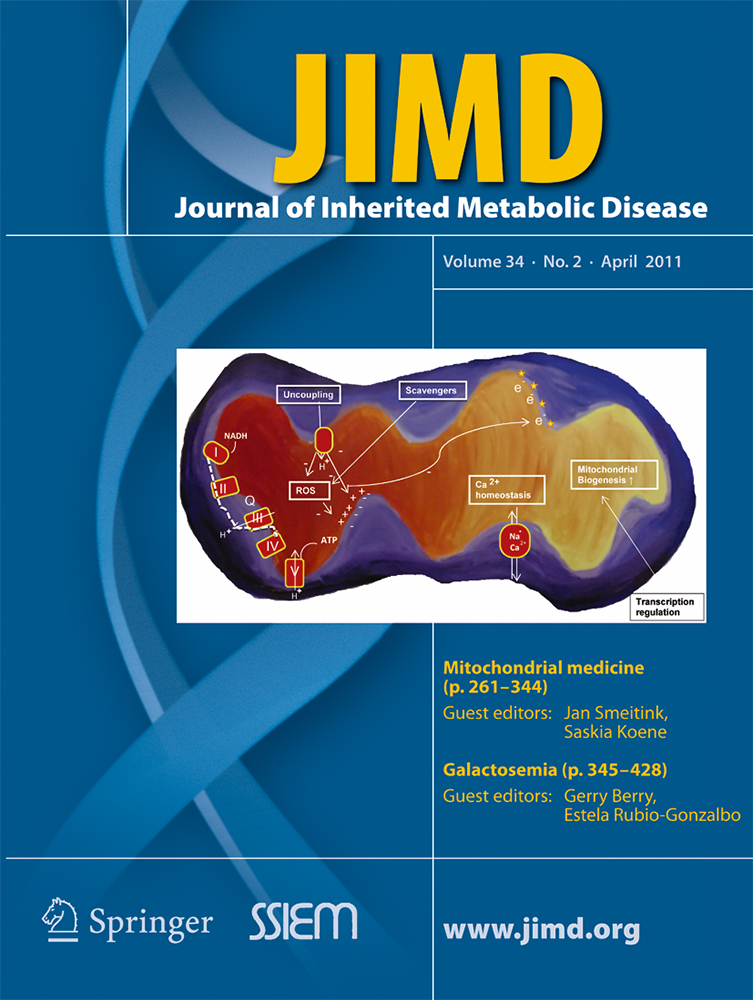Dietary treatment of phenylketonuria: the effect of phenylalanine on reaction time
Communicated by: Bruce A. Barshop
Competing interest: None declared.
Abstract
There is no evidence that high phenylalanine (Phe) levels have irreversible effects on the adult brain. Many adults with phenylketonuria (PKU) no longer follow a protein-restricted diet. Neuropsychological studies have shown that reaction time in adults with PKU is slower than controls. There are no data to show that this is directly related to Phe levels. Another way to assess reaction time is to measure saccadic latency. We have used a portable, head-mounted saccadometer to measure latency in the outpatient setting. Patients with PKU were split into three groups: off-diet (Phe>1,200 μmol/l), on-diet (Phe <800 μmol/l) and maternal diet (Phe 100–400 μmol/l ). Reciprocal median latency (RML) was compared between groups. Latency was significantly slower in patients who were off-diet than in patients on-diet, on a maternal diet or in normal controls. Reaction times in both diet-treated groups were not significantly different from normal controls. In 16 women planning pregnancy we obtained values before and after they commenced the maternal diet. Stricter control of Phe levels resulted in a significant improvement in reaction times. We conclude that saccadometry is useful in monitoring PKU patients. Adult patients with PKU not on a protein-restricted diet have significantly slower reaction times than controls. In addition, off-diet patients have significantly slower reaction times than on-diet. Paired data show that effects of Phe levels on reaction time are reversible.




